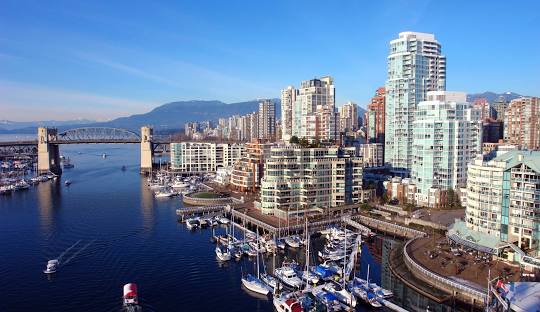
Turbulent Times: How Vancouver Was Shaped by Protests, Progress, and Prejudice in the 20th Century
Posted by on
The 20th century was a defining period in Vancouver’s history, marked by labour unrest, social reform, and racial tensions that deeply influenced the city’s evolution. The early decades were shaped by the growing influence of big business, which often clashed with a rising and militant labour movement.
In 1903, railway workers launched a major sympathy strike demanding union recognition from the Canadian Pacific Railway (CPR). This event turned tragic when labour leader Frank Rogers was fatally shot by CPR police while picketing at the docks—becoming British Columbia’s first labour martyr. These escalating tensions led to Canada’s first general strike in 1918, originating in the Cumberland coal mines on Vancouver Island.
Labour activism surged again during the Great Depression, when thousands of unemployed men protested the conditions of federally-run relief camps in remote areas of British Columbia. In 1935, after two months of intense demonstrations in Vancouver, protestors launched the On-to-Ottawa Trek to bring their demands directly to the federal government. The movement was crushed violently—protesters were arrested near Mission and confined to work camps for the rest of the Depression.
At the same time, social reform movements were taking root. The first-wave feminist, moral reform, and temperance campaigns contributed to civic development. In 1918, Mary Ellen Smith, a suffragist and advocate for prohibition, became the first woman elected to a provincial legislature in Canada. Alcohol prohibition was enacted during World War I and lasted until 1921, when the provincial government took control of alcohol sales—an arrangement that persists today.
The era also witnessed the birth of Canada’s first drug law, emerging from racialized fears and unrest. Following a riot led by the Asiatic Exclusion League, which targeted Chinatown and Japantown, future prime minister William Lyon Mackenzie King investigated damage claims. He was particularly alarmed to find that white women were reported to be frequenting opium dens. This led to the federal prohibition of non-medicinal opium, setting a precedent for drug criminalization in Canada.
These racist sentiments culminated in the internment of Japanese-Canadians during World War II. After Japan’s attack on Pearl Harbor, fear and xenophobia led to the forced relocation, internment, or deportation of all Japanese-Canadians from Vancouver and British Columbia. Communities such as Japantown were effectively erased, never recovering post-war due to prohibitions on resettlement.
Despite the upheaval, the city continued to grow. On January 1, 1929, Vancouver formally amalgamated with Point Grey and South Vancouver, solidifying its current boundaries and becoming the third-largest city in Canada, with a population of 228,193.
The 20th century left an indelible mark on Vancouver, a city shaped as much by resistance and activism as by development and expansion. Its history reveals the deep interconnections between economic forces, civil rights, and cultural transformation that continue to define it today.